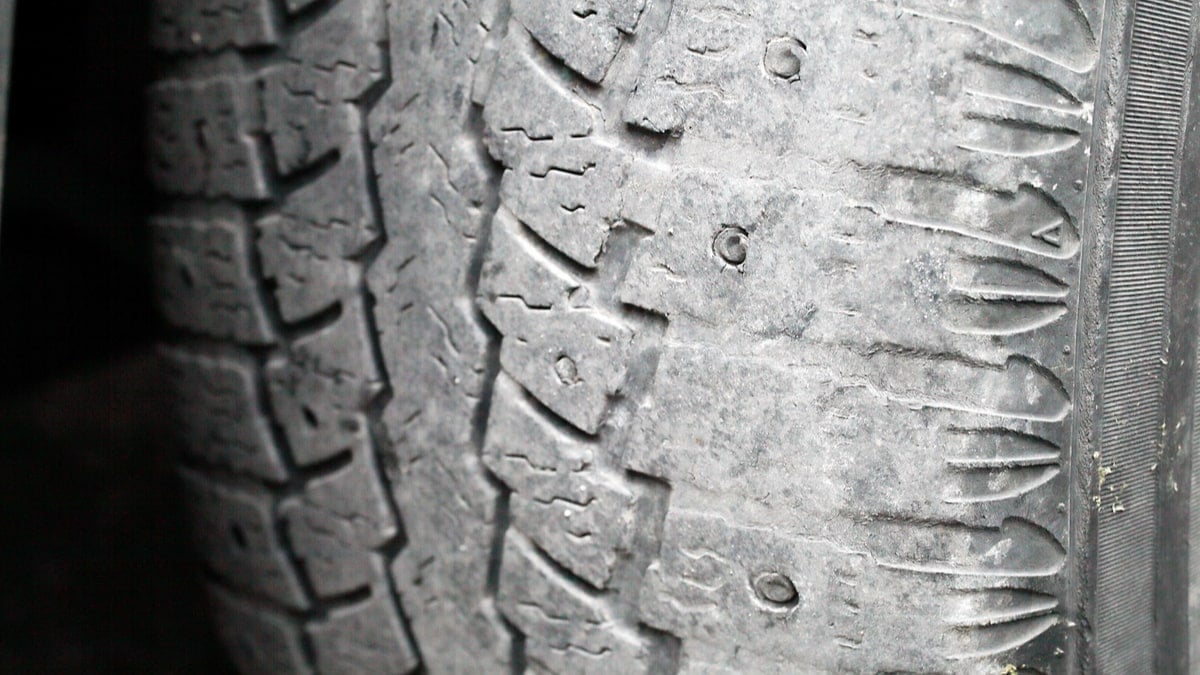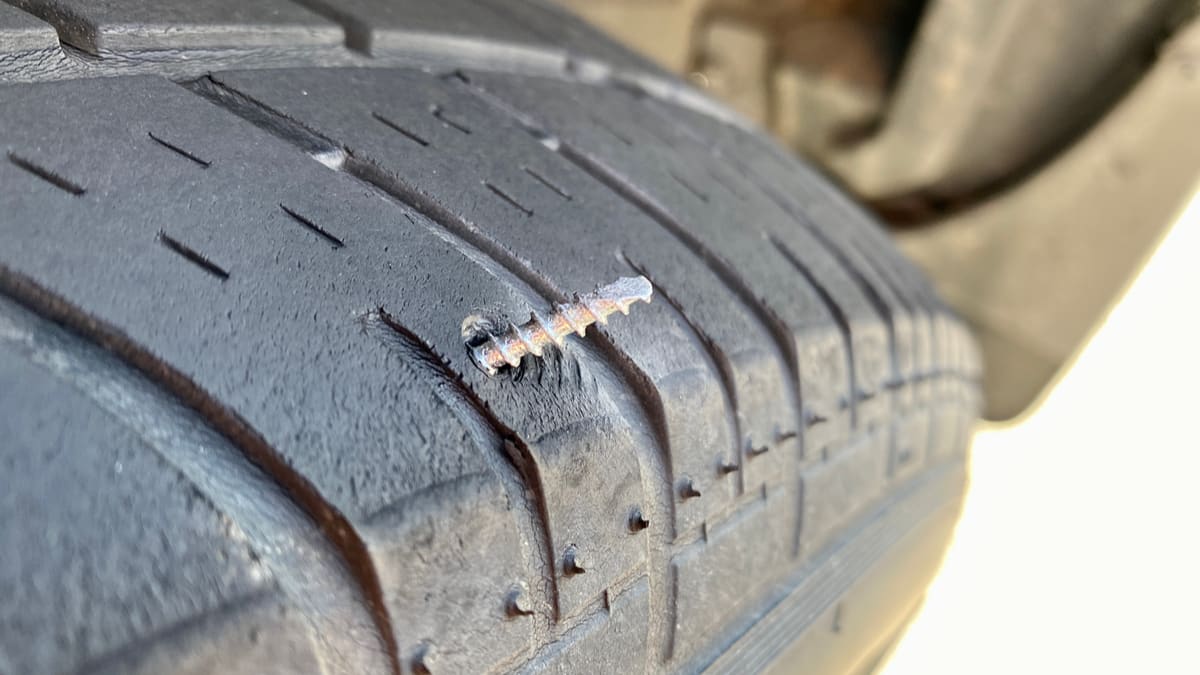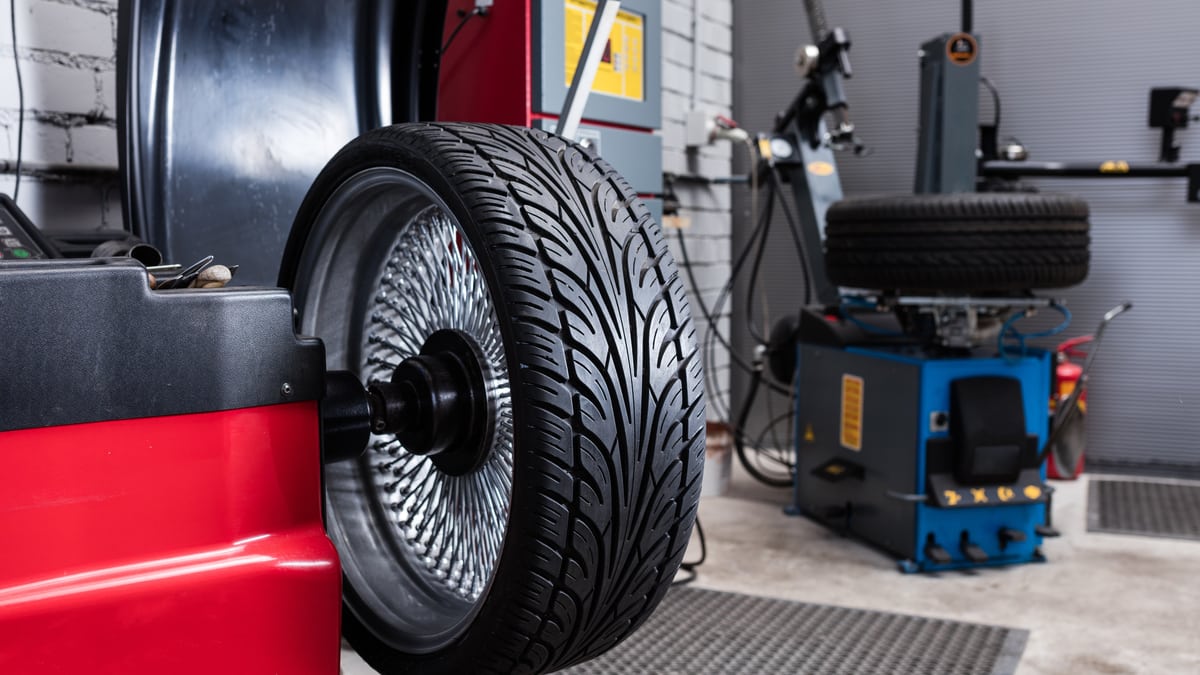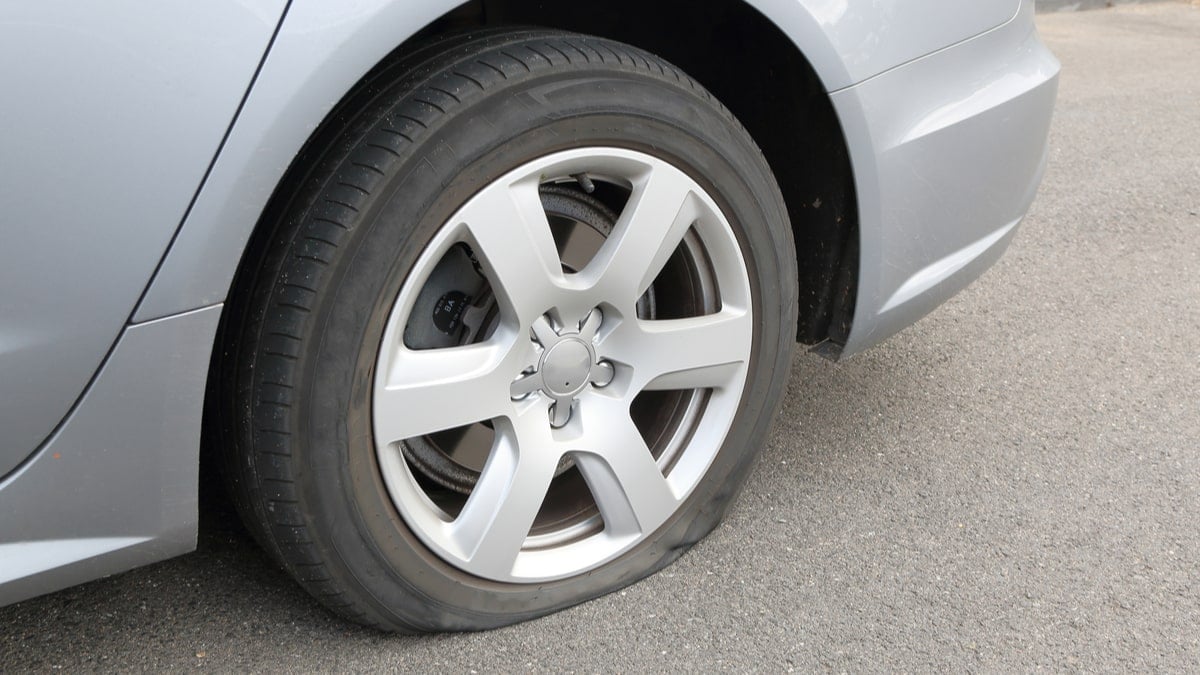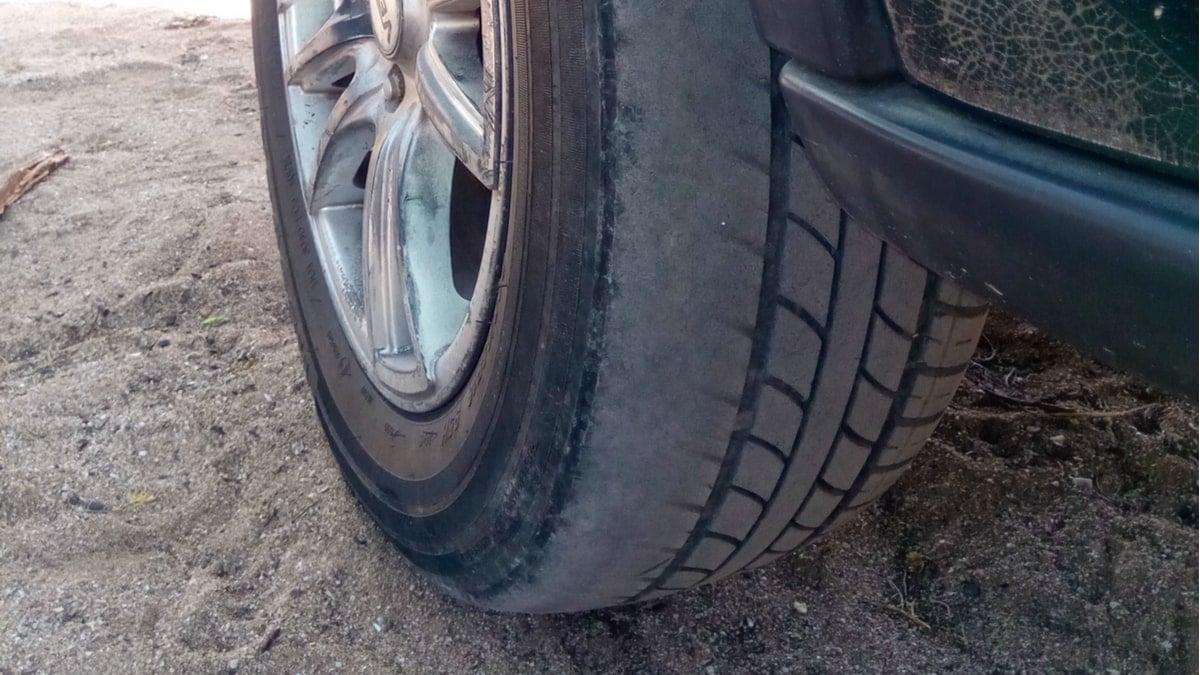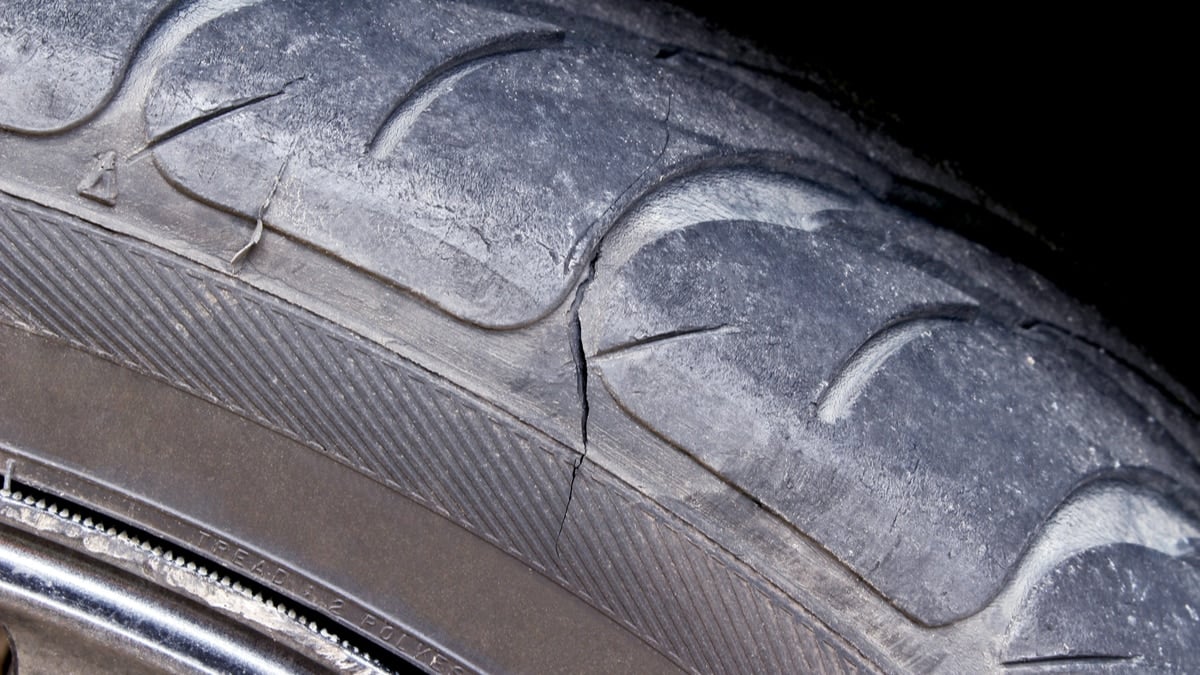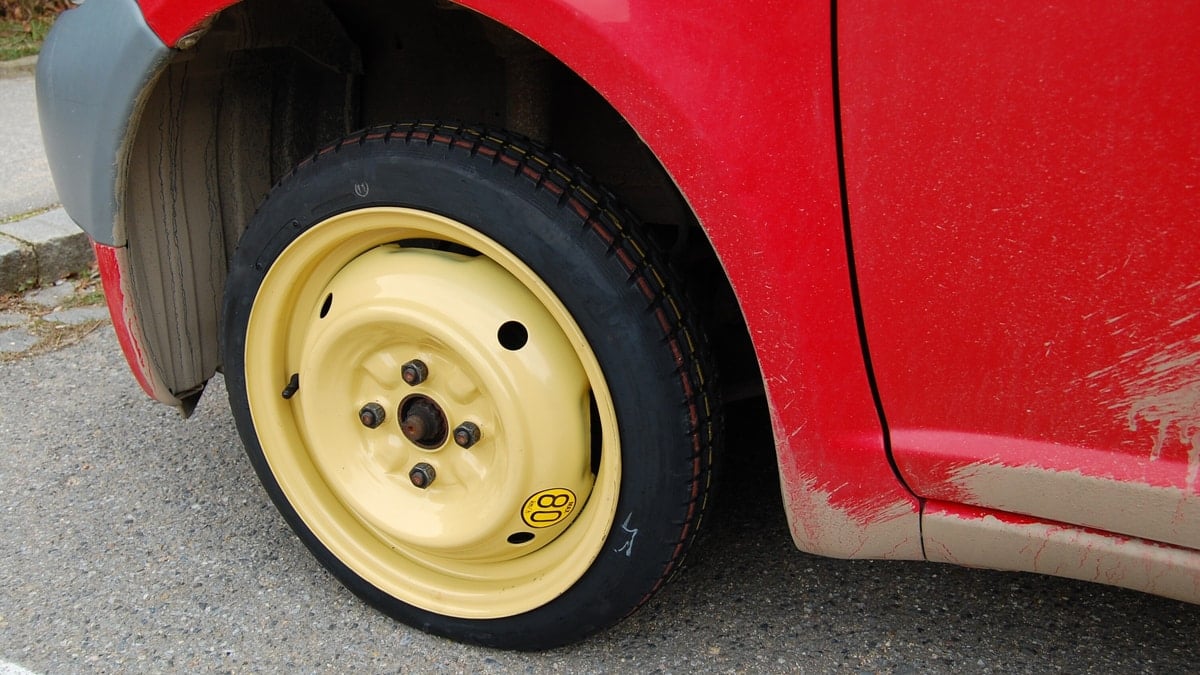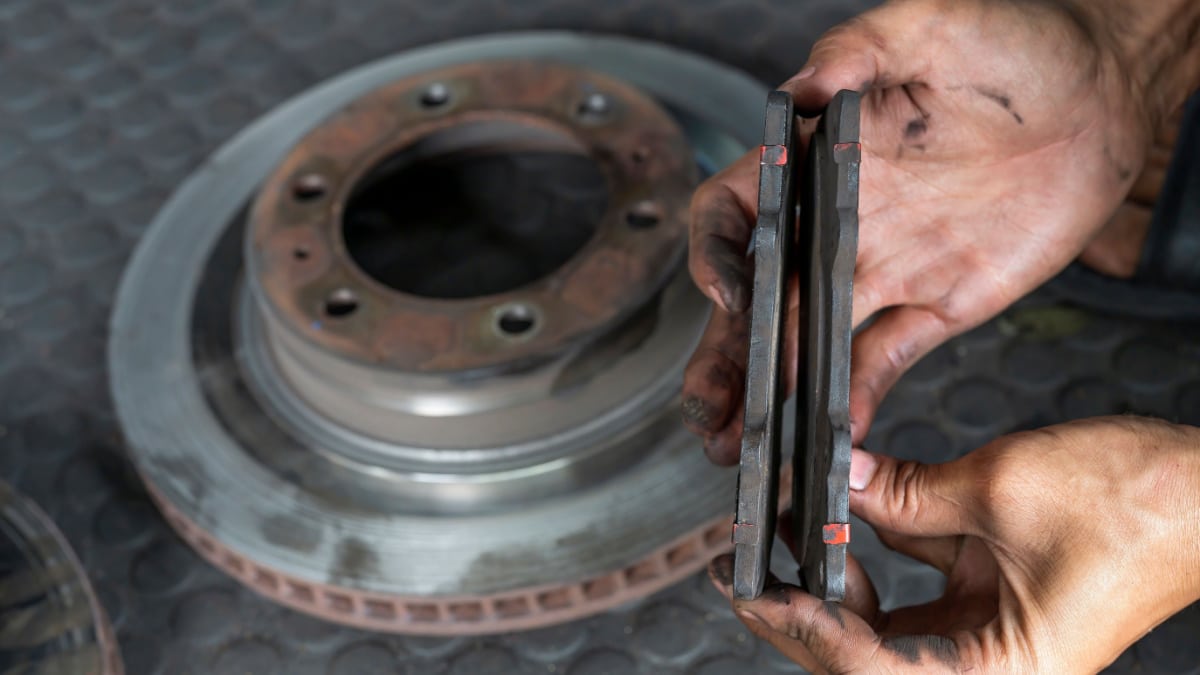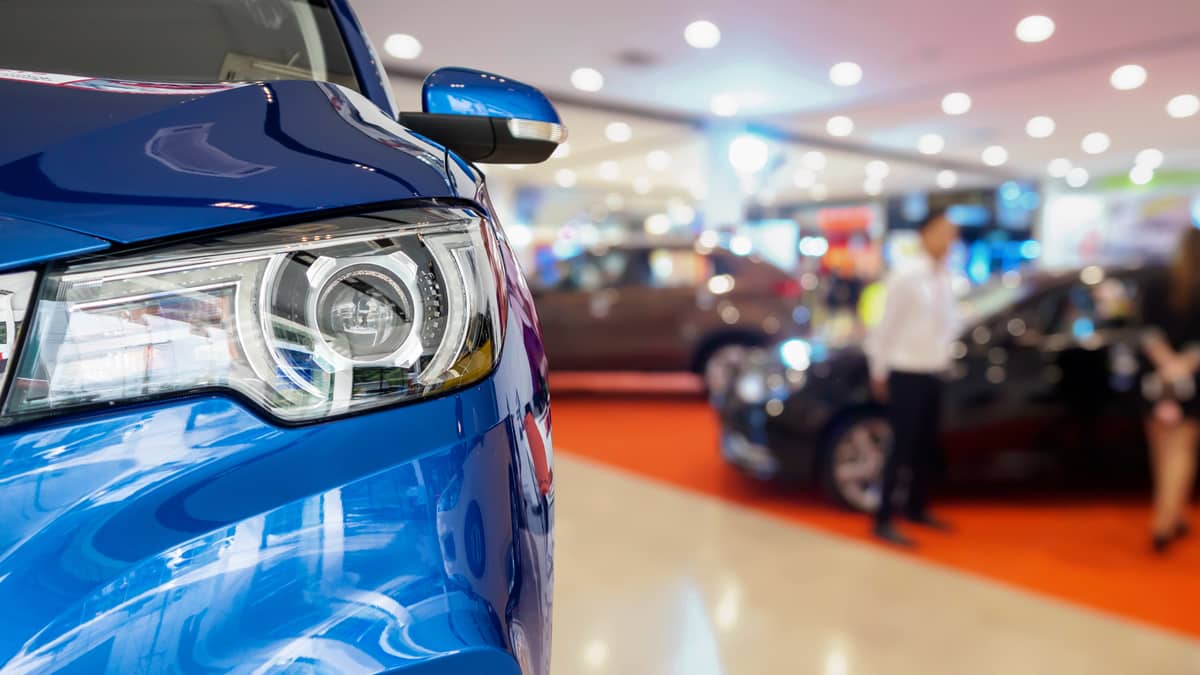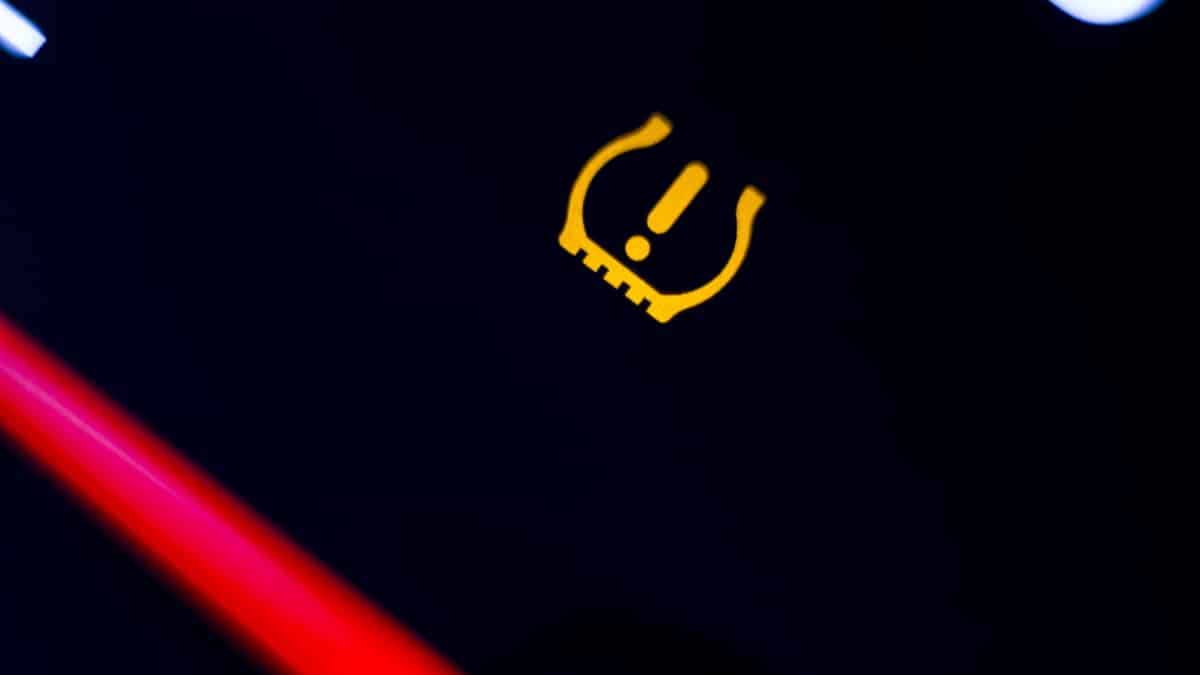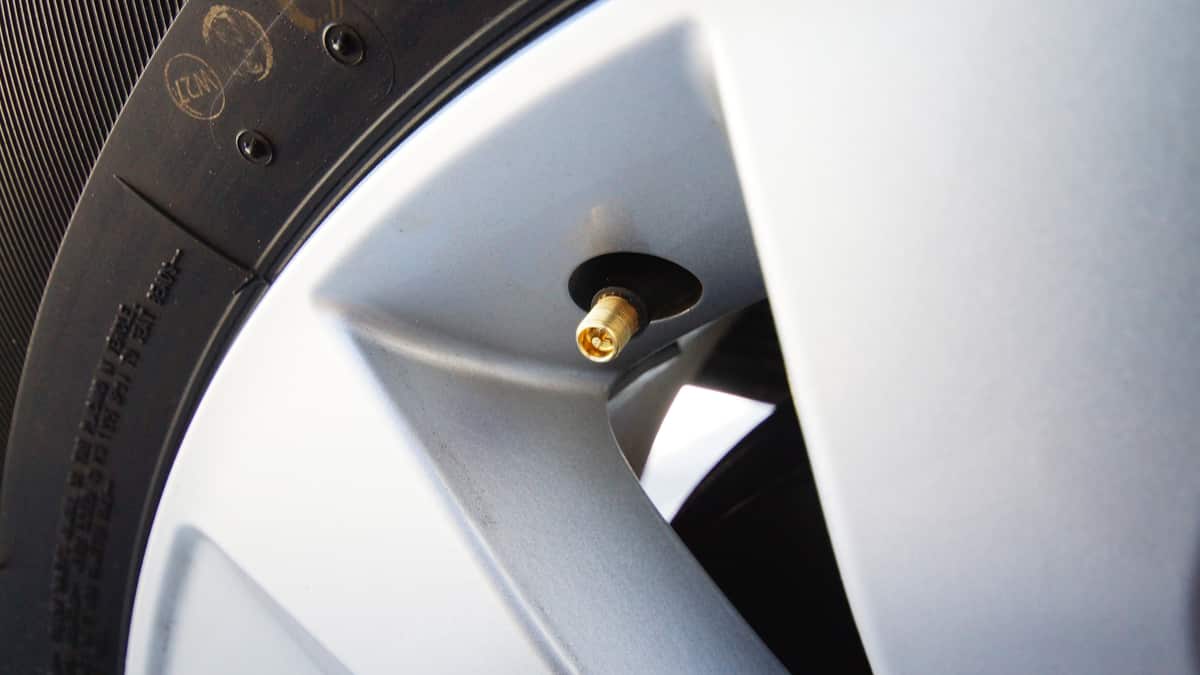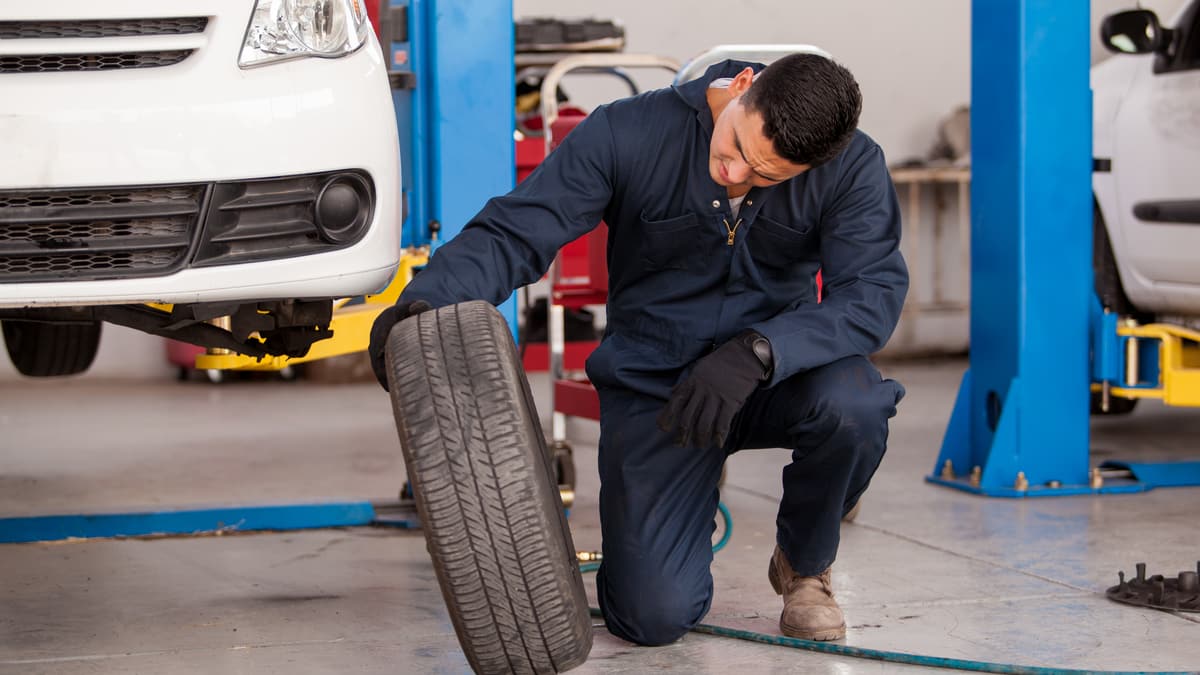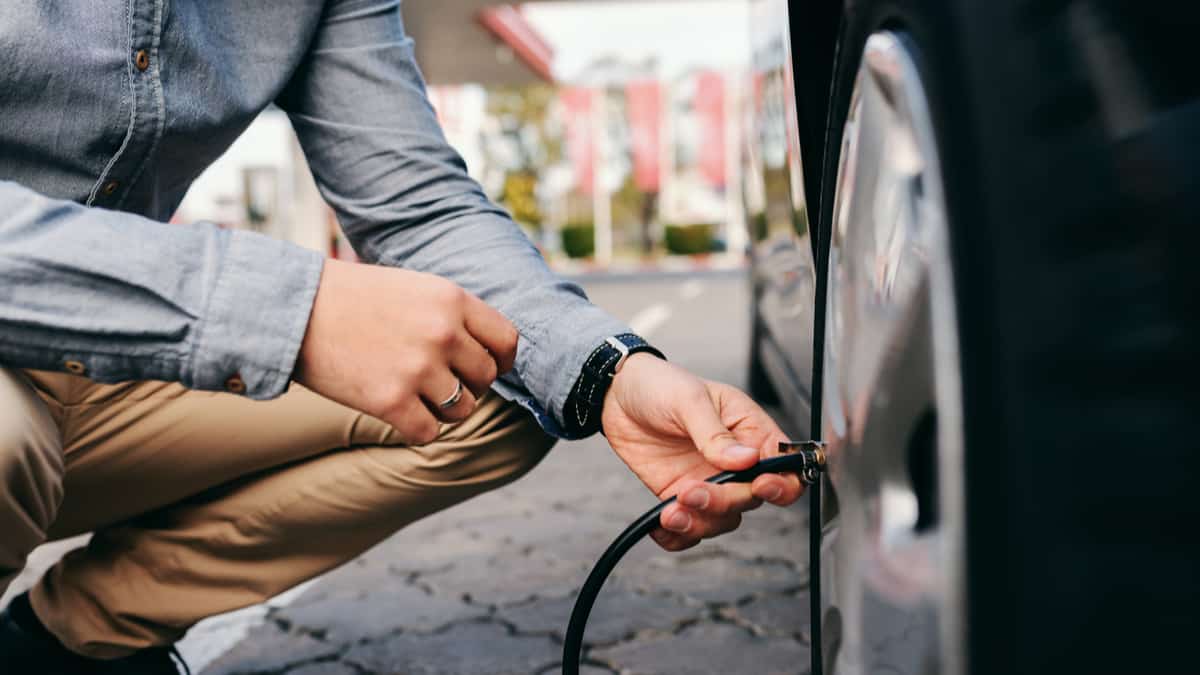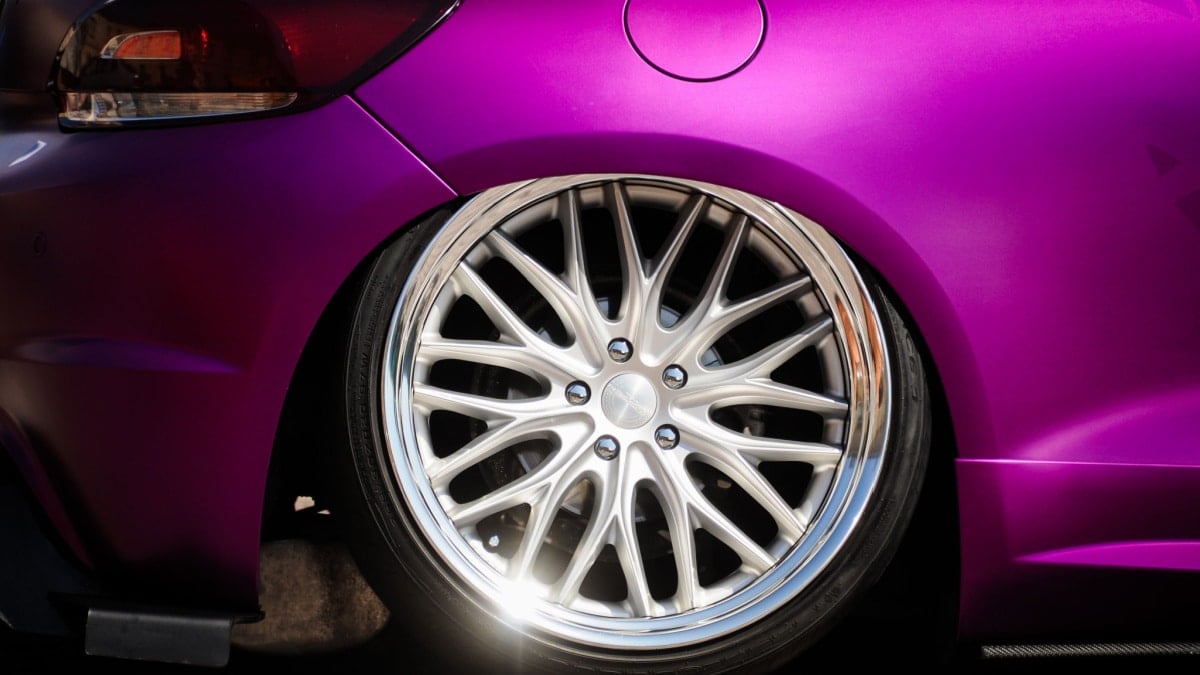Keeping your tires in good shape is a top concern of yours, which is why you should check the tire pressure often and have regular inspections. But, what causes inner tire wear and how can it be fixed?
In this article, I will go through the possible causes in more detail. I will also explore how you can reduce tire wear, and look into some other common tire wear patterns!
Causes of Inner Tire Wear
The most common cause of inner tire wear is poor wheel alignment, whether it is a bad camber angle or a wrong toe angle. Alignment issues can also be caused by defective control arm bushings, worn-out ball joints, or bad suspension components that are leading to wear.
Here is a more detailed look at the causes of inner tire wear:
1. Bad Camber Angles
During a wheel alignment, the camber angle is always checked. This measurement looks at the lean of the tire – whether it is outward or inward – when viewing the tire from the front or back..
When it’s labeled as positive camber, it means the tire is angled out from the upper end. On the other hand, negative camber means the tire is facing inward towards the car. Too much negative camber angle will cause inner tire wear.
2. Wrong Toe Angle
The toe angle describes how the tires sit in relation to each other, as well as the car’s center axis. This angle is observed from the front of the vehicle, looking at both tires’ edges.
The toe-in condition means that both tires are pointing inward at each other, while the toe-out condition shows them facing outward. When the toe-out is severe, you will see a good amount of wear happening to the inside edges of the tire, as the rubber is being drug along the road surface.
RELATED: 5 Symptoms of a Bad Wheel Alignment (Why you should fix it)
3. Defective Control Arm Bushings
The control arms provide the link for connection between the steering knuckles and chassis. There are usually upper and lower control arms, both fitted with elastomer and rubber bushings to serve as a pivot point with the chassis.
When the control arm bushings get older, they deteriorate. This condition allows play at the chassis junction, which changes the camber angles. What you get is uneven wear that occurs most frequently on the inner surface.
RELATED: 5 Signs of a Bad Control Arm Bushing (& Replacement Cost)
4. Bad Inner or Outer Tie Rod End
The tie rods control the steering of your vehicle. When you turn the steering wheel, it will push the steering knuckle and your car will therefore turn. There are two types of tie rods on your car, one is bolted to the steering knuckle or spindle and the other is placed more against the steering rack.
If one of these gets worn, it will cause the wheel alignment to fall out of place and it will result in inner or outer tire wear. You can raise the front wheels with a floor jack and rub and try to move the front tires to see if you can feel any play when you try to rock them.
RELATED: 5 Symptoms of a Bad Tie Rod End (& Replacement Cost)
5. Worn-out Ball Joints
When the ball joints wear out, the alignment can also suffer, and uneven tire wear will occur. If the inner tire is wearing out, it’s probably related to the lower ball joints.
This ball and socket design is needed to hold the control arms onto the steering knuckles. When the ball joints are in good shape, there’s no problem. However, the ball joints age and allow for more play as time goes on. This play creates outward movement of the steering knuckle, causing a change to the camber angle.
6. Bad Suspension Components
There are many aspects to the suspension that can cause inner tire wear. For example, if the springs or shocks aren’t absorbing road vibration the way they should, your tires won’t run across the surface the way they should.
If you notice tire wear after installing a lift kit, it could be due to not getting the wheels aligned. Whenever you mess with the suspension system, you should realign the wheels.
How to Reduce Inner Tire Wear
1. Get Regular Wheel Alignment
It’s important to have the wheel aligned every 6,000 miles or yearly. As you drive, the wheels hit multiple road imperfections that can throw the alignment out of whack. Before a wheel alignment, the mechanic will also check the suspension parts to see if anything needs to get replaced before.
If you are getting a regular wheel alignment, you won’t have to worry about inner tire wear. You also know you are protecting the suspension parts for a better ride.
RELATED: Average Wheel Alignment Cost (Front, Rear & 4-Wheel)
2. Maintain Proper Tire Pressure
When you run your vehicle with low tire pressure, you put them at risk for inner tire wear. Whenever the sidewall can’t support the weight of the vehicle, it forces unusual parts of the tire to contact the road surface.
That’s why you should check the tire pressures often. I recommend checking the tire pressures monthly or any time that the temperature dramatically changes. You can find the recommended pressure on the driver’s side door jamb.
3. Balance the Tires
If you are like most drivers, you forget to have the tires balanced until wear sets in. By then, it might be too late, so it’s best to have it checked periodically. At a minimum, you should have the tires balanced every two or three years. You also want to have them balanced when a new set is installed.
Tire balancing only takes a few minutes to complete. Plus, it helps create a better ride that absorbs bumps and imperfections better.
4. Replace Worn Suspension Components
If the suspension parts are worn, it will have a dramatic effect on the ride and how the tires wear. If you notice just one tire is wearing unevenly, it could be due to a defective suspension part. Regular checks on the suspension could help you avoid this condition.
As soon as you see something is wrong, replace the part. In some cases, you can have a repair, while other times, the part needs to be removed for a new one. Either way, suspension issues can create unsafe driving conditions, so you don’t want to take your chances.
Other Tire Wear Pattern Issues
1. Edge Shoulder Wear
When the tires are underinflated, the tire edges make more contact with the street, causing them to wear faster. You can prevent this by keeping the tires at the proper pressure.
If you notice the edge wear on both shoulders, it’s possible that you are cornering too hard. It can also mean the last tire rotation wasn’t performed properly.
2. Center Wear
Most often, these tires are overinflated. When there’s too much air inside the tires, the center of the tread is making too much contact with the road.
Driving with overinflated tires can be just as dangerous as underinflated. Maintain proper tire pressures to prolong their life and remain safe.
3. Cupping
If there are dips in the tread or you see some smooth spots randomly on the tire, there could be an issue with the suspension. A part is either bent or worn out.
It’s possible that you recently hit a pothole or curb that caused damage. By replacing the parts, you might be able to avoid further issues.
4. Diagonal or Patchy Wear
When the tires exhibit patches of wear, it shows that they aren’t balanced. As the tires jump across the surface of the road, they will wear unevenly.
You want to have them rotated, balanced, and aligned. These services will keep the tires from wearing any further in a strange pattern.
Categories: Tires, Troubleshooting
